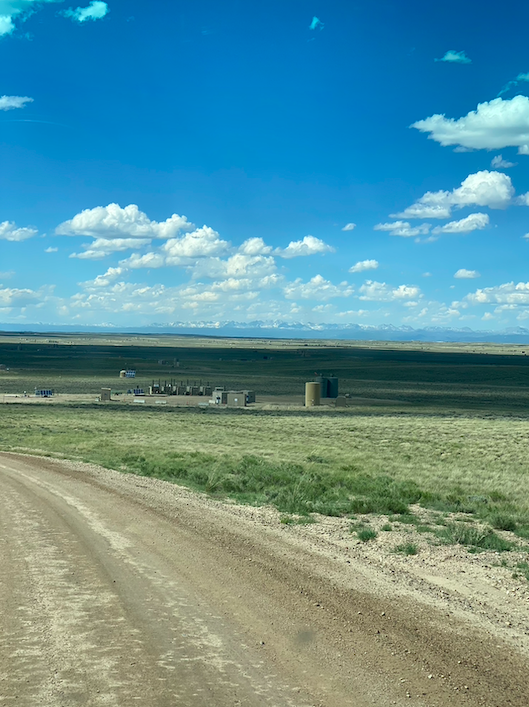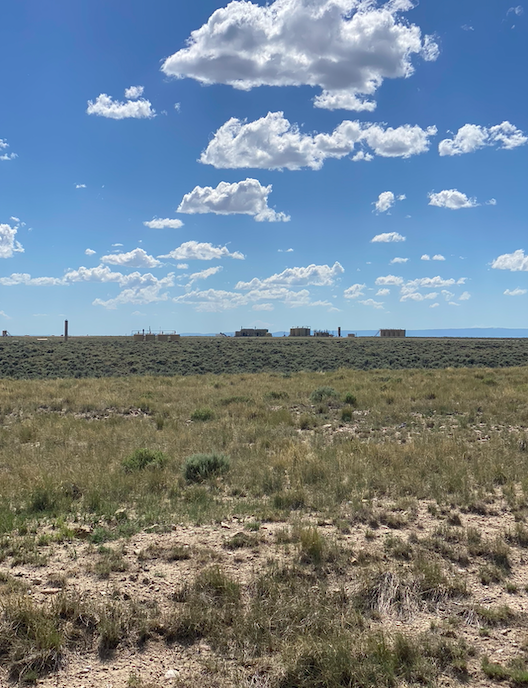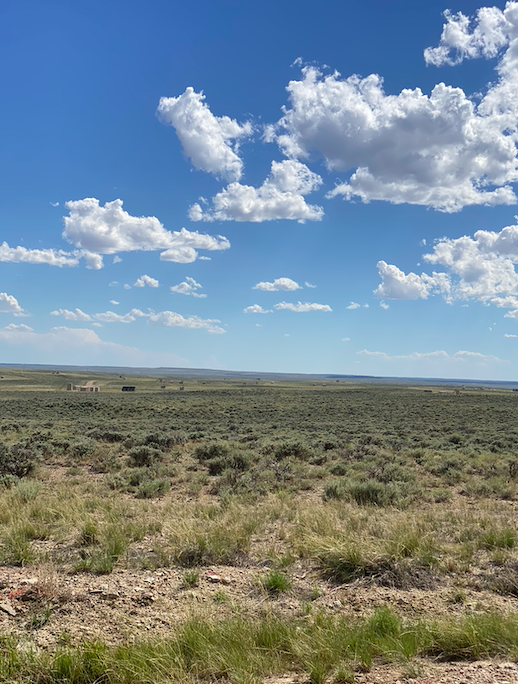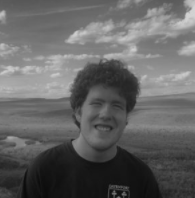I don’t think I need to describe to anyone that we’re living through a very odd time. With everything going on in regard to the COVID-19 pandemic as well as the looming threat of climate change, it seems like computer modelling of future conditions has become more relevant than ever. Attempting to model the future has always been one of the core questions that scientists have to answer. In the 1920’s, Lewis Fry Richardson, an acclaimed mathematician, undertook the difficult task of attempting to predict the weather. He said, in order to predict it, there would need to be an auditorium, full of thousands of people, all of whom would perform a single calculation, as a single part of a formula, almost like an assembly line. In the middle of the auditorium, a conductor would stand, with two spotlights. They would shine a blue light on those who were falling behind, and a red light on those who were performing calculations too quickly.
It’s quite interesting to look back on his ideas, each of us now armed with a computer that does something very similar– but with thousands of microscopic switches embedded inside the components of a single computer, that can be the size of the farmers’ almanacs in which they used to distribute weather predictions. All of this is to say, even as someone who has grown up around computers, I still can’t help but be amazed by them, and how much they’ve revolutionized science. For example, it’s now possible to do field work while sitting at home and not moving a single muscle. This is because models are not only used to predict a possible future scenario, but they can also identify the past and present. Imagine it like this: instead of using the world, you set up a tiny universe inside your computer, whose laws make a lot more sense to us, and whose scope is severely limited. It exists only as numbers and letters, which allows us to access an entire world of data just by typing a few lines of code.

This summer, my universe is a small area in Western Wyoming. It’s where I would be, if it hadn’t been for some extenuating circumstances. Instead, I’ve been exploring Wyoming from within my computer. Looking up my study site on Google maps doesn’t inspire the same awe that the wide-open landscapes of the American West usually do, but at least I don’t have to deal with allergies.
I’m using a computer model to investigate competition between sagebrush and bunchgrasses, and focusing on how water partitioning in soil is contributing to this competition. Sagebrush have roots that extend deep into soil while bunchgrasses, an important component of rangelands in the West for grazers, have roots that mostly draw water from the shallower portions of the soil. Since water moves faster through coarser (sandy) soil, there’s less water available to bunchgrasses in these types of soil. Therefore, I’m hypothesizing that sagebrush will be more prominent in these sandy soils. I’m using my computer to randomly generate soil profiles for sites in Wyoming, similar to existing sites. Then, the model I’m using simulates a few hundred years and gives me the data on parameters for many different aspects of this environment, only a few of which I actually concentrate on.
But why am I doing this? In Wyoming, oil well pads are roughly circular areas that are clear cut of all plant matter to extract natural resources. When the extraction is done, it’s in the interest of the environment to return these areas back to their natural state as closely as possible. A bunchgrass and sagebrush seed mix is planted on these sites after use for oil production, as these two functional groups are the main components of this ecosystem in Wyoming. I plant to investigate whether the soil profile of a site should be considered when trying to restore oil pad sites in Wyoming. Basically, is the soil type going to be a factor important enough to the competition between sagebrush and bunchgrasses, that it needs to be considered when these areas are being restored back to normal? That’s the question I’m trying to answer.

In the future, I hope to study the uncertainty of the model and simulate future possibilities given the climate change scenarios that experts think we may be experiencing. Instead of simulating the current conditions over 300 years, this should produce a more accurate picture of what we can expect at these sites. Climate change will bring precipitation events that occur less often, but contain more precipitation. This should further decrease the ability of bunchgrass to compete with sagebrush on coarser soils. Of course, it’s fundamentally impossible to predict the future, but with models, we hope we can get pretty close. It’s not so much about what I will experience if I stand in this specific spot on March 30, 2065, but what are the general trends that are going to happen in the future.

STUDENT RESEARCHER

Jon Michel, Land Management Field Practicum Participant and Western Resources Fellow | Jon is an undergraduate at Yale College from Wooster, Ohio, pursuing a B.S. in Environmental Studies. He’s interested in dryland ecosystems as well as the effects of climate change on natural systems, and the role that computer simulations can play in quantifying these effects. In the future, he hopes to work in conservation or environmental management in the West. Jon is an avid skier and hiker in his free time. See what Jon has been up to. | Blog
